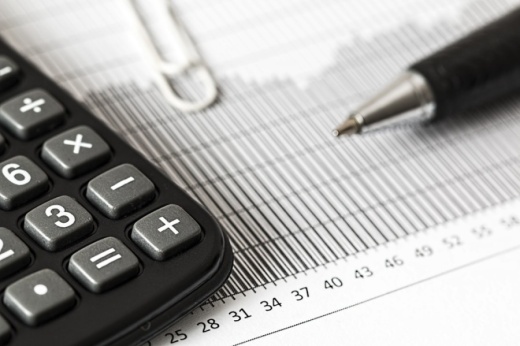Lankford gave a presentation to Round Rock City Council at its packet meeting May 25, going over some of the district’s recent changes and providing a tentative update on property values, which will be finalized later this year.
One of the new tools for transparency being used by the WCAD, Lankford said, is the inclusion of information, such as sales of similar properties in the area that are used to calculate an appraised value for a home.
“Even though you can go out to numerous websites that are out there and gather every one of those sales that are on there, it's just one of the crazy restrictions we still have in our modern times for appraisal districts. What we did do is we provided the sales comparison report [to homeowners],” Lankford said.
This report shows a given home compared with the sales of three to five similar homes, adjusting for any improvements or additions that the homeowner in question does not have. These values are used to calculate the value of that person’s home.
“So in years past, you had to just trust us, and we know how people like to trust local government, right?” Lankford said. “You just had to trust that the value we sent you is right. And as a result, many people in our state protest their values that come into the appraisal districts because they just don't trust that value.”
Lankford said implementing this practice of sending out sales comparison reports has decreased the number of protestors by 15%-20%, although he did not give a hard figure.
The district has also removed estimates of property taxes to be paid from the notices of appraised value delivered to homeowners, Lankford said, as the combination of new value and old tax rates can be misleading.
In 2019, the Texas Legislature approved Senate Bill 2 to allow appraisal districts to remove these estimates from notices and move to an online platform to provide estimates of taxes owed based on certified property values and updated tax rates. For Williamson County residents, that website is http://williamsonpropertytaxes.org.
Lankford also said the WCAD is utilizing aerial photography to view improvements that are 100 square feet or less made to properties. These include sheds, patios and pools. All internal improvements are tracked through the filing of permits.
“So they'll overlay the current aerial photograph with the prior year or photograph and try to identify anything that is 100 square foot more or less than what it was prior,” Lankford. “So if you added a porch, more than 100 square foot, it's going to highlight that.”
The cost of using aerial photography is $125,633. That expense has been recouped, however, because the technology detected an additional $937,633 in improvements, Lankford said.
Despite the pandemic, Lankford said this year represented the largest single-year increase he has seen. He said the 253,000 parcels the district valued for 2020 reached $108 billion in market value, an 18% increase from the previous year.





